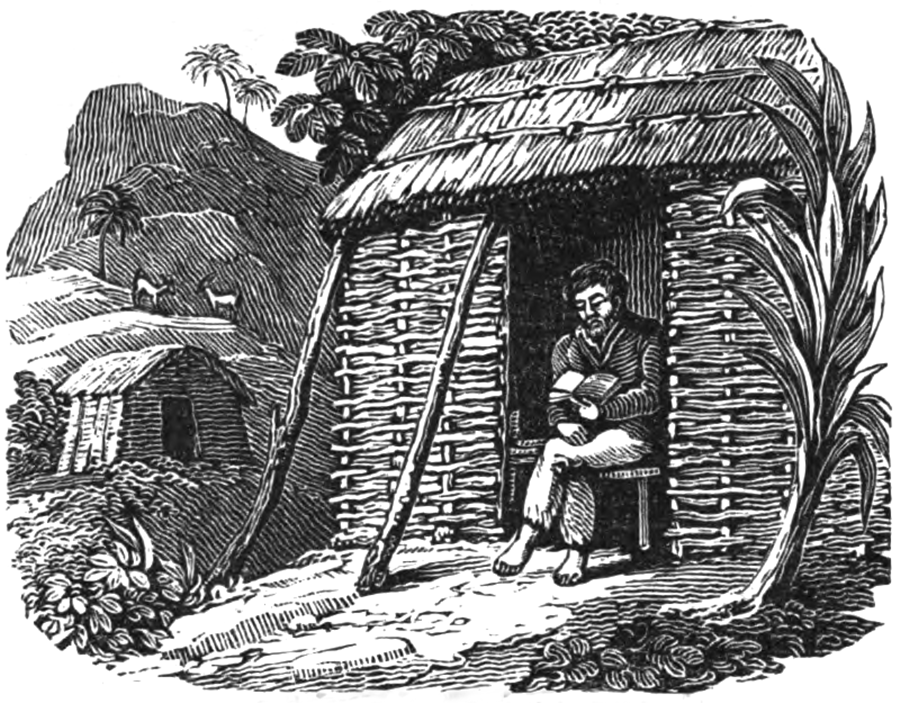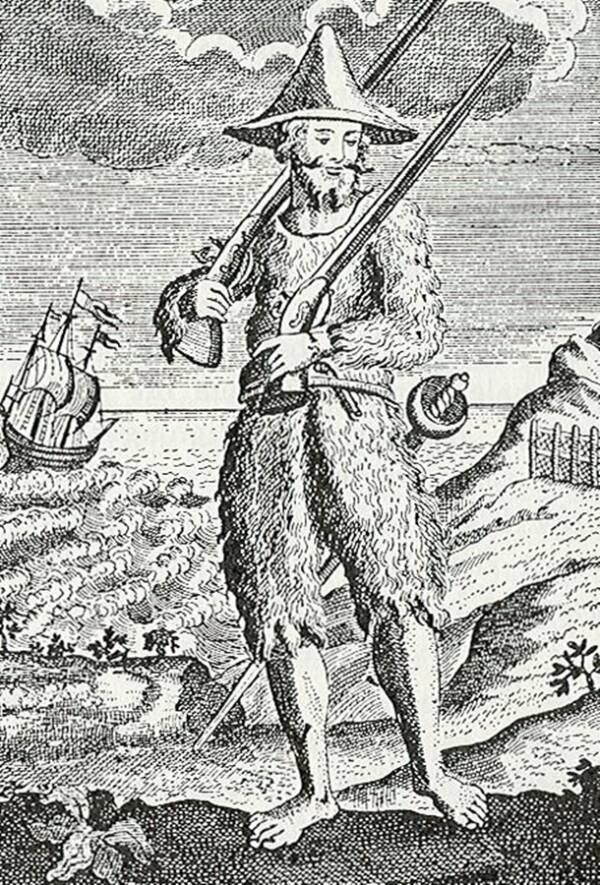Alexander Selkirk: The Real-Life Robinson Crusoe

Wikimedia CommonsAlexander Selkirk’s true story of survival on a remote island allegedly inspired the novel Robinson Crusoe.
Alexander Selkirk was a Scottish sailor and Royal Navy officer who many people believe was the real-life inspiration behind the novel Robinson Crusoe by Daniel Defoe.
Born Alexander Selcraig in Scotland in 1676, he changed his surname to “Selkirk” to separate himself from his troublesome family and set off on a privateering expedition to South America. But Selkirk’s seafaring adventures ended up bringing him great misery.
The crew was starving and diseased. The original captain died and had to be replaced with the lieutenant Thomas Stradling — who was widely unpopular. Stradling had an especially rocky relationship with Alexander Selkirk, who made his dissatisfaction with the new captain clear.
“Thus fear of danger is ten thousand times more terrifying than danger itself when apparent to the eyes; and we find the burden of anxiety greater, by much, than the evil which we are anxious about.”
Their conflict came to a head during a short stop on an unknown and uninhabited island in the South Pacific Ocean. Selkirk tried to stage a rebellion against Stradling by staying on the shore, hoping that the rest of the crew would follow suit.
Instead, Stradling called his bluff and banned Selkirk from getting back on board. He was left stranded on the island — all by himself.
During his time on the island, Selkirk reportedly survived on lobster and crawfish. He built his own hut and formed makeshift weapons and clothing. To beat his feelings of loneliness, Selkirk often read aloud passages from the Bible and sang songs to himself.

Wikimedia CommonsAn illustration from the Robinson Crusoe book.
He was finally rescued four years later by an English privateer named Woodes Rogers, whose memoir A Cruising Voyage Round the World: The Adventures of an English Privateer included the rescue of Selkirk.
The daring adventure was said to inspire many other books, including the 1719 novel Robinson Crusoe by Daniel Defoe, which allegedly borrowed heavily from Selkirk’s real-life story.
After his rescue, Alexander Selkirk lived for another eight years before his death in 1721, just a few years after the publication of Robinson Crusoe. Selkirk’s adventure on a remote island — one of the most enduring survival stories to date — has kept him alive in pop culture centuries after his death.





